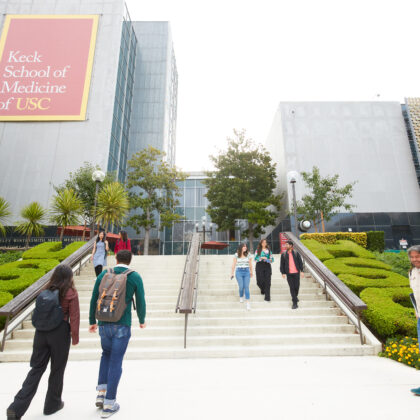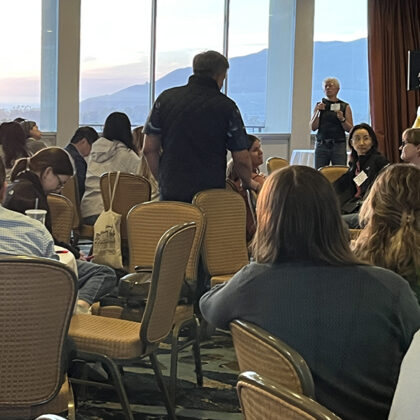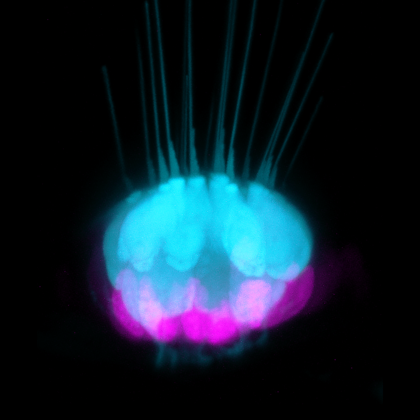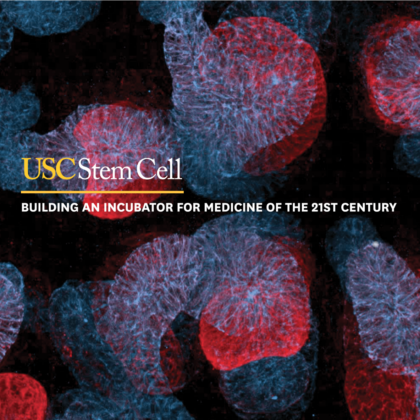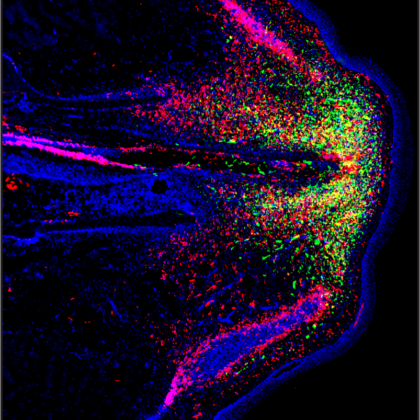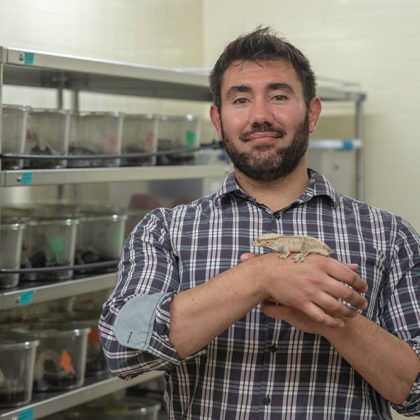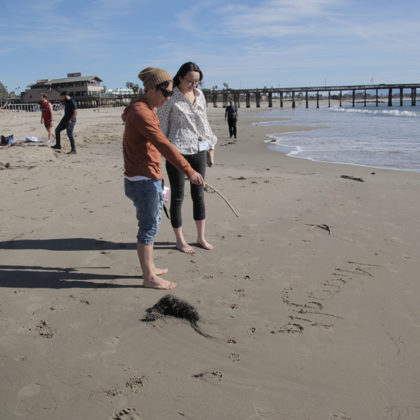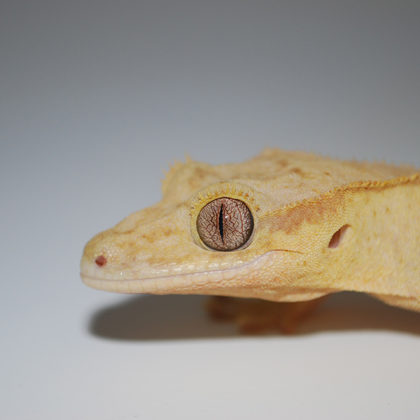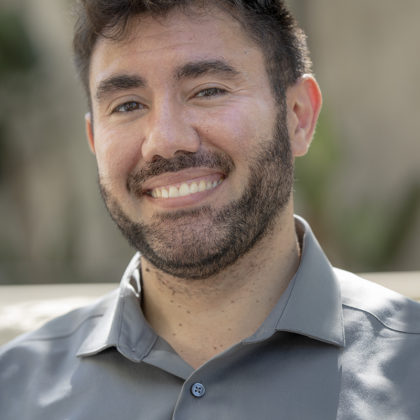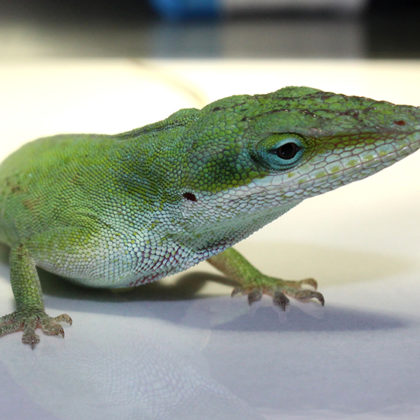Dr. Lozito’s research compares skeletal regeneration in lizards and salamanders. The ultimate goal is to apply this knowledge to improve regeneration in humans.
Stories
Leaping lizards! Class of 2025 grad looks to reptiles to help ACL injuries
Alfred E. Mann Department of Biomedical Engineering graduating senior Alex Kuncz is studying how lizards regenerate their tails to improve orthopedic treatments. USC Viterbi graduating BME senior Alex Kuncz wants to help …
Guided by COMPASS, USC undergraduates navigate stem cell research at inaugural symposium
Thirty undergraduates gathered to share their research at the first year-end symposium for USC CIRM COMPASS, a comprehensive two-year program designed to prepare juniors and seniors for careers in stem cell biology …
Meet the nine scholarship winners in USC’s stem cell master’s program
This year, philanthropic giving supported scholarships for nine students in USC’s master of science (MS) program in stem cell biology and regenerative medicine. Launched in 2014 as one of the only programs …
Getting lost in translation—the clinical kind—at USC’s stem cell retreat
At the retreat for USC’s Department of Stem Cell Biology and Regenerative Medicine, newly appointed leader Chuck Murry shared a vision as sweeping as the panoramic view of the Pacific Ocean from …
An earful of gill: USC Stem Cell study points to the evolutionary origin of the mammalian outer ear
The outer ear is unique to mammals, but its evolutionary origin has remained a mystery. According to a new study published in Nature from the USC Stem Cell lab of Gage Crump, …
USC Stem Cell study breaks the silence on how fish and lizards regenerate hearing
A new USC Stem Cell study published in the Proceedings of the National Academy of Sciences (PNAS) has identified key gene regulators that enable some deafened animals—including fish and lizards—to naturally regenerate …
Building an Incubator for Medicine of the 21st Century
USC Stem Cell is pleased to introduce our new publication. We hope you’ll enjoy reflecting back on our history, while looking ahead to the transformative times to come. Read now at https://stemcell.keck.usc.edu/wp-content/themes/stemcell/incubator.
Researchers unlock mystery of cartilage regeneration in lizards
Scientists from the Keck School of Medicine of USC identify key cells involved in the process of cartilage regeneration in lizards—a discovery that could offer insights into novel approaches to treating osteoarthritis. …
A Tale of tails: How reptile regeneration could help humans
“I’ve always been interested in science and in lizards. I got my first pet lizard when I was around 4 years old, and it was love at first sight,” says Thomas Lozito, …
Scientists feel the sand between their toes at the retreat for USC’s stem cell department
A pair of young scientists picked up a piece of driftwood and thoughtfully traced a series of letters in the wet sand of Ventura Beach. The word “microglia”—referring to the immune cells …
Aided by stem cells, a lizard regenerates a perfect tail for the first time in 250 million years
Lizards can regrow severed tails, making them the closest relative to humans that can regenerate a lost appendage. But in lieu of the original tail that includes a spinal column and nerves, …
The childhood moments that launched their careers as explorers
Innocent curiosity can turn discovery into life’s purpose. A toddler locks eyes with a turtle for the first time; a mischievous teen concocts stink bombs in the garage. However their careers develop, …
Lizards’ immune systems are not only for fighting germs, but also for regrowing severed tails
The human immune system has been getting a bad rap lately. However, the lizard immune system is finally receiving its due credit for enabling lizards to regrow severed tails. In a recent …
USC Stem Cell scientist Thomas Lozito looks to lizards in hopes of healing humans
Some students sell blood plasma to make extra cash during graduate school. Thomas Lozito, a new assistant professor of orthopaedic surgery and stem cell biology and regenerative medicine at USC, sold poison …



